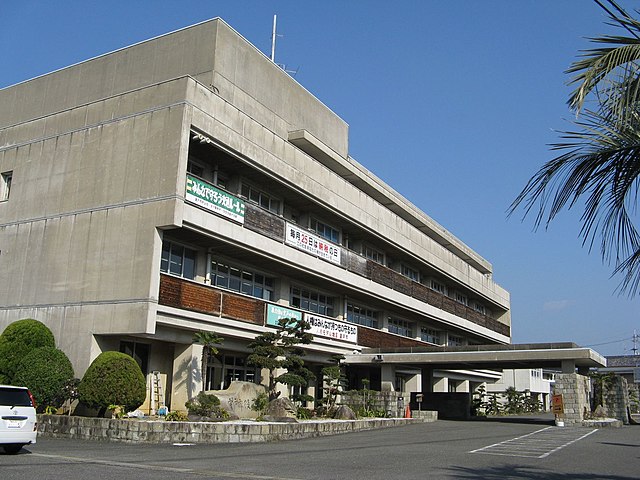In September 1934, a violent typhoon caused tremendous devastation in Japan, leaving more than 3,000 people dead in its wake. Dubbed the Muroto typhoon , the system was first identified on September 13 over the western Federated States of Micronesia. Moving generally northwest, it eventually brushed the Ryukyu Islands on September 20. Turning northeast, the typhoon accelerated and struck Shikoku and southern Honshu the following morning. It made landfalls in Muroto, Kaifu, Awaji Island, and Kobe. A pressure of 911.9 hPa (26.93 inHg) was observed in Muroto, making the typhoon the strongest ever recorded to impact Japan at the time. This value was also the lowest land-based pressure reading in the world on record at the time; however, it was surpassed the following year during the 1935 Labor Day hurricane. After clearing Japan, the now extratropical storm traveled east and weakened. Turning north by September 24, the system deepened and impacted the Aleutian Islands; it was last noted the following day over western Alaska.

The damaged Shitennō-ji temple in Osaka after the storm
The storm's aftermath in Nishijin, Kyoto
Muroto is a city located in Kōchi Prefecture, Japan. As of 31 January 2024, the city had an estimated population of 11,633 in 6906 households and a population density of 47 persons per km2. The total area of the city is 248.18 square kilometres (95.82 sq mi).
View of the Pacific Ocean from Cape Muroto
Muroto City Hall
Muroto-Anan Kaigan Quasi-National Park
Muroto city center aerial photograph






